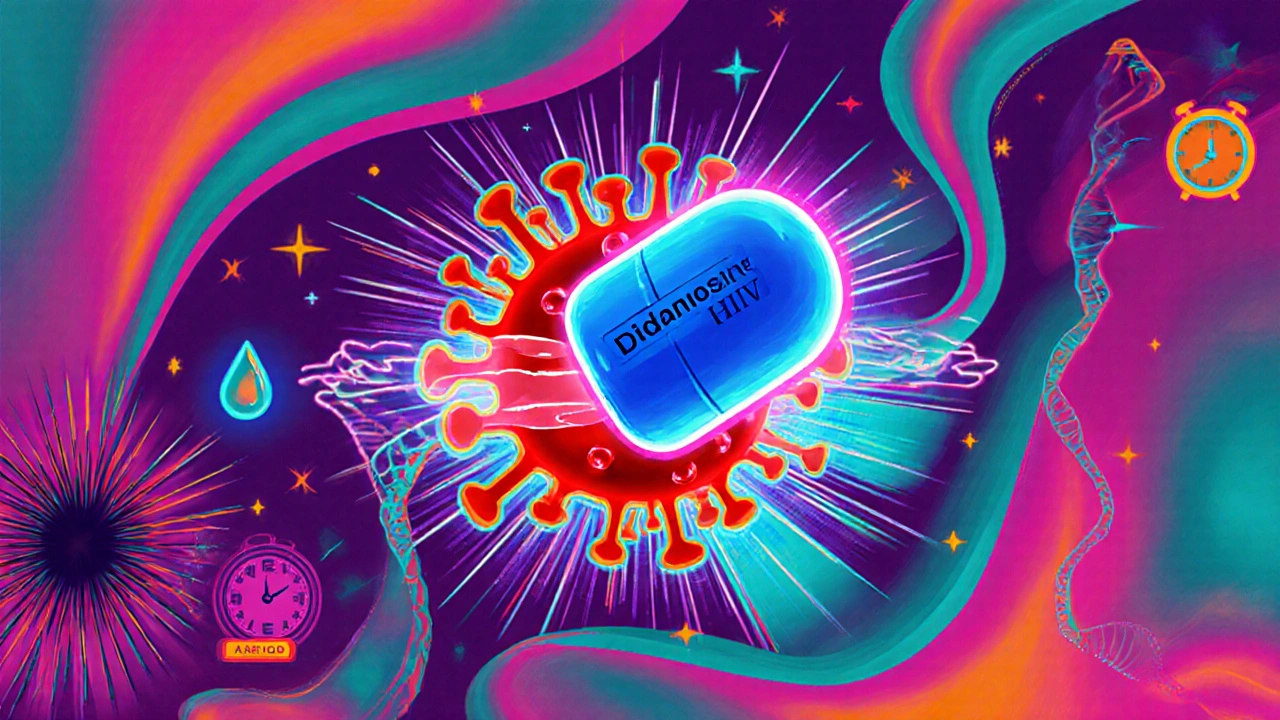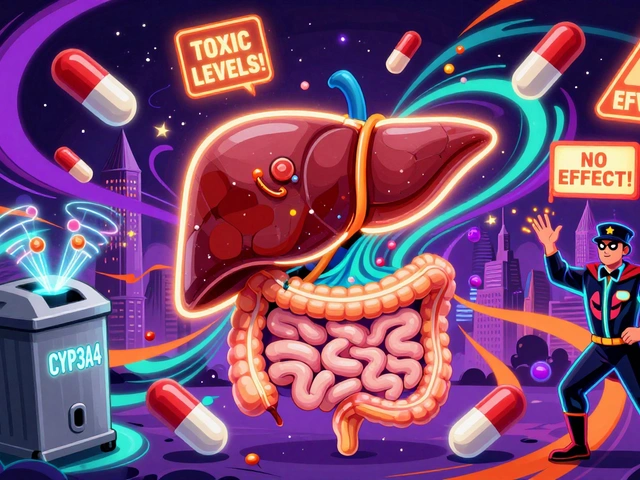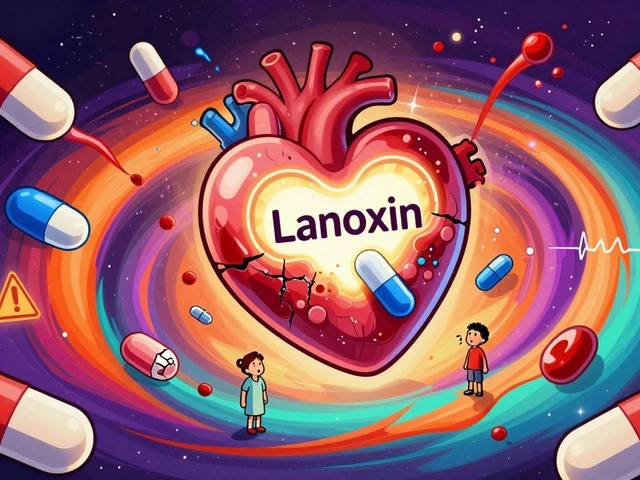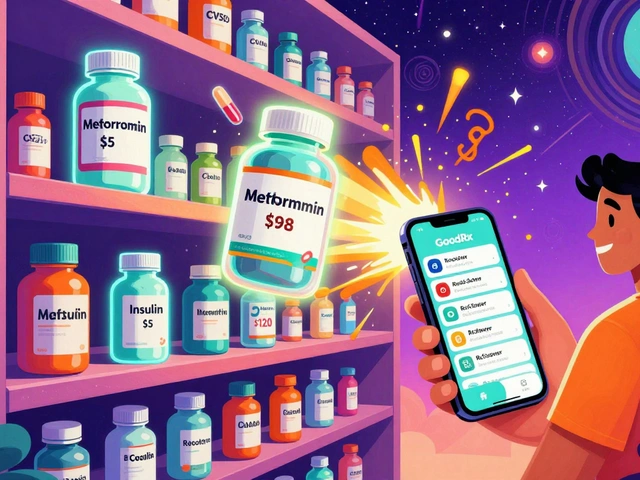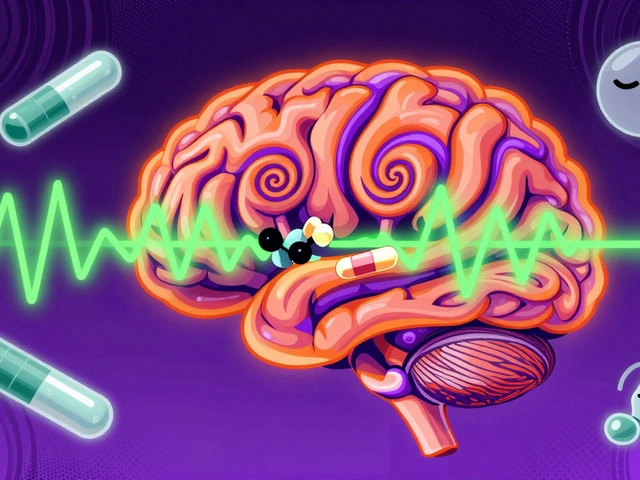Living with HIV: Your Practical Guide to Health and Wellness
When navigating Living with HIV, the day‑to‑day reality of managing a chronic condition while staying active and healthy. Also known as HIV‑positive life, it means coordinating medical care, staying informed, and building supportive habits.
Central to Antiretroviral therapy, the cornerstone medication regimen that suppresses the virus and restores immune function is choosing the right drug mix. Modern comparisons—like those between different pain relievers or mood stabilizers—show how side‑effect profiles and dosing can vary widely, and the same logic applies to ART combos. Keeping an eye on your CD4 count, a key blood marker indicating immune strength and viral load, the amount of HIV RNA in your blood helps you and your clinician fine‑tune treatment. When counts rise and viral load drops below detectable levels, many everyday activities feel safer—travel, work, relationships—because your body’s defenses are stronger.
Beyond meds, living with HIV often means handling mental health, nutrition, and co‑infections. Studies on chronic conditions underline how stress can worsen symptoms, so regular exercise, mindful breathing, or a simple walk can lower cortisol and protect your gut lining—critical for medication absorption. If you face opportunistic infections like TB or hepatitis, the same drug‑comparison mindset helps you pick therapies that don’t clash with your ART. Support groups and online forums give real‑world tips on coping with stigma, managing side effects, and staying adherent to daily pills.
Below you’ll find a curated set of articles that break down medication choices, explain how to read lab results, and offer lifestyle hacks for a smoother journey. Dive in to get clear, actionable info that fits right into your routine.
Living with HIV: Real Stories of Using Didanosine in Treatment
Real-life stories of people living with HIV who use didanosine, covering side effects, monitoring, and practical tips for managing treatment.
